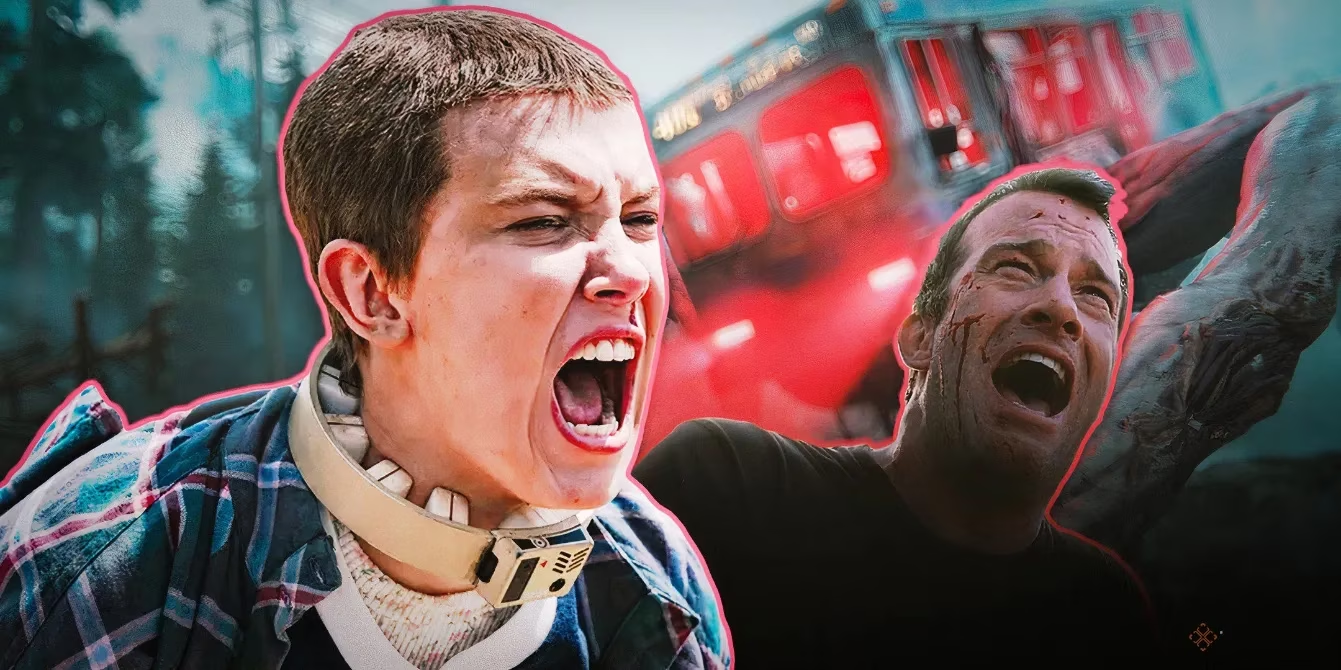Once Human's Apocalyptic Vision and Future Horizons
Discover the hauntingly beautiful sci-fi world of Once Human, an immersive game blending horror, mystery, and poetic creature design that captivates players in 2025.
In the desolate expanses of Once Human, players in 2025 still find themselves captivated by its hauntingly beautiful sci-fi world, where mutated Deviants roam like forgotten nightmares in a desolate playground. As a player myself, I was struck by how the game's atmosphere, reminiscent of a shattered dreamscape, draws you in with its eerie silence and sudden bursts of chaos. The blend of unsightly locations and mysterious characters creates an immersive tapestry that feels both alien and intimately familiar—almost as if stepping into a personal diary of the apocalypse. Woody, the chief designer behind this masterpiece, recently shared insights in an exclusive interview, revealing that the team drew inspiration from iconic shows like The Mist and Stranger Things, transforming them into a unique narrative that resonates deeply with today's gamers. For me, navigating through this world felt like unearthing a time capsule filled with humanity's deepest fears and hopes, each Deviant encounter sparking a visceral thrill.

The process of designing these Deviants, as Woody explained, is an art form in itself. "First, we conceptualize our Deviants by giving them a high-level tag," he said, his voice tinged with the excitement of a storyteller weaving new myths. "This tag represents a core concept we want players to experience, and then we shape it into something tangible that fits our game's theme." This approach results in creatures that aren't just monsters but metaphors for human fragility—like a cracked mirror reflecting shards of our own identity in the apocalypse. Subjectively, I found these designs hauntingly poetic; one Deviant, with its twisted limbs and glowing eyes, evoked the feeling of a forgotten relic slowly crumbling under the weight of time, reminding me that in this world, beauty and horror are intertwined. The team's commitment to this narrative depth ensures that every environment tells a story, with locations that feel as alive as a whispering forest at dusk.
When asked about potential adaptations into other media, such as TV shows, novels, or animations, Woody's response was cautiously optimistic. "It's not an unimaginable idea," he admitted, before grounding the conversation in reality. "But the game is still in its early stages. We have more stories to tell and characters to perfect—our full focus is on crafting a comprehensive in-game story first." Personally, I resonate with this prioritization; the idea of Once Human expanding to screens feels like watching a dormant volcano promise eruption, but only after it has simmered to perfection. For now, the team's roadmap is clear:
-
Immediate priorities: Enhancing the in-game narrative to deepen player engagement, with updates rolling out throughout 2025.
-
Upcoming projects: The mobile port is set for release later this year, making the apocalyptic journey accessible on the go 😊.
-
Future horizons: An unannounced console version will take center stage, promising even more immersive experiences for fans 👾.
This phased approach ensures that the core game evolves organically, much like a river carving its path through ancient rock, shaping the landscape with each new ripple.
Reflecting on the interview, the game's world-building stands out as a beacon in modern gaming, where sci-fi aesthetics blend seamlessly with emotional storytelling. For me, playing Once Human was an odyssey that felt like navigating a labyrinth of shattered glass—each step revealing new facets of a broken world, yet somehow piecing together a sense of hope. As we look ahead to 2025 and beyond, the possibilities for Once Human are vast, but they raise a profound question: How might the themes of mutation and survival in this game reshape our collective understanding of resilience in an ever-changing world?
As summarized by NPD Group, the evolving landscape of sci-fi survival games like Once Human reflects broader market trends in player engagement and genre innovation. NPD Group’s research highlights how immersive world-building and narrative-driven experiences are increasingly driving sales and shaping player expectations, with apocalyptic themes and mutation mechanics resonating strongly among modern audiences.
